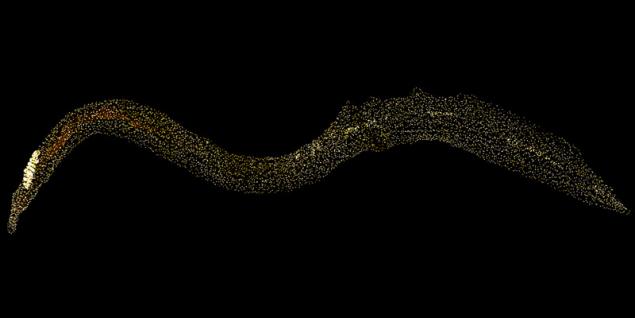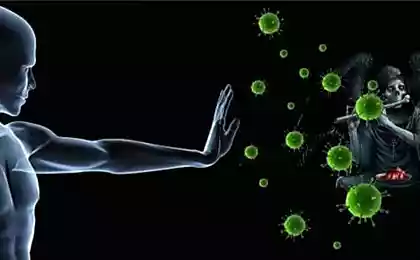2350
Scientists have discovered why parasites can live in the body for decades

Now scientists may have found the secret of how to resist parasites: Luckily they found the stem cells that will save regenerating body parts.
"We asked a difficult question: how a simple parasite can survive for decades in the host?" Explained Professor of Biology Phillip Newmark (Phillip Newmark) from the University of cells and the development of the State of Illinois. "This means that it is possible to maintain the regenerating own tissues. This study gives us a glimpse of the really interesting features of these parasites, and may also open new perspectives for what would make their life cycle is much shorter ».
Perhaps even more questionable is the life blood flukes when they create their own shelter. They move into adulthood, feed on blood and are monogamous partner with whom to mate. After that, the females lay eggs continuously, about a hundred a day, the researchers said.
Eggs that do not come from the host organism along with feces, fall into the internal organs, which can result in chronic inflammation and tissue damage. This parasitic disease known as bilharzia, affects about 230 million people each year, according to the World Health Organization, making it second only to malaria exposure and the number of victims. Although usually, whitening is not fatal, chronic exposure to schistosomiasis can be particularly dangerous in children and lead to delays in the development.
Newmark and his colleagues said they suspect that blood flukes can have regenerative properties similar as in planarians, tiny freshwater worms - about the size of a toenail, which can then grow to the size of about 300 times its original size . This surprising discovery was made possible by planar. The use of stem cells called neoblasts that can turn almost any type of cell in the body.
"It just was the cause, as schistosomes as planarians, live so long that they should have a comparable type of system," said researcher Jim Collins. "And since these flatworms connected, it is understandable that they have similar cell types».

Infection with the parasite Schistosoma mansoni (here in the micrographs) affects approximately 230 million people worldwide, mostly in poor areas without access to clean water.
Newmark and Collins found that one type of blood fluke, Schistosoma mansoni, consists of proliferating cells, which may move in different parts of its body, depending on which ones are in need of regeneration. Their study, which was described in detail in the last week in the journal «Nature», based on observations of cells with fluorescent markers.
"We have labeled cells when they were born, and then the next, as they grow," Collins said. "This is not conclusive proof that these cells are equivalent neoblasts planarians, but it confirms the hypothesis that they are."
























